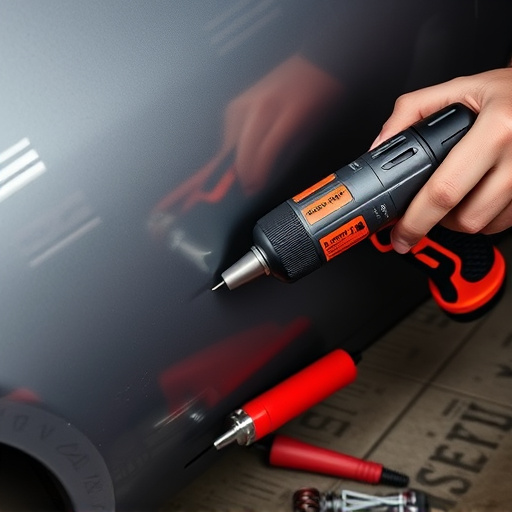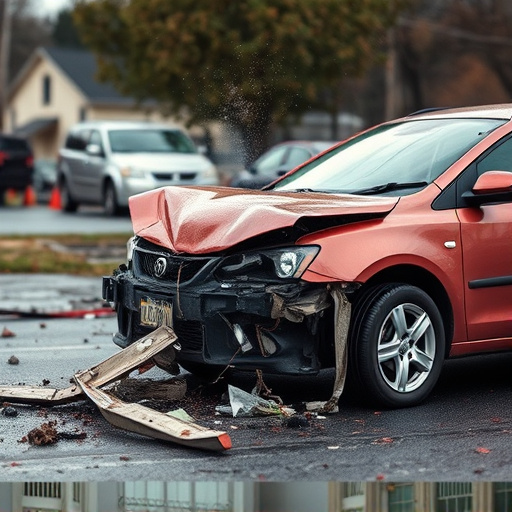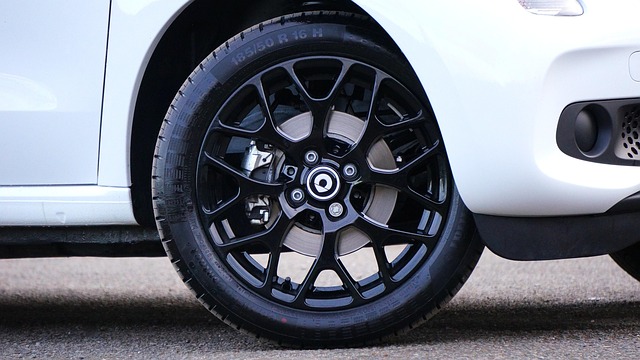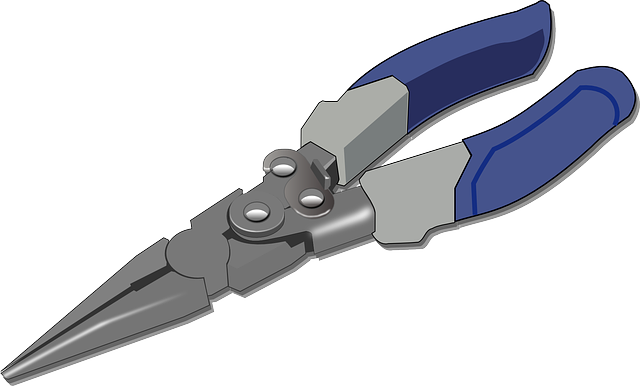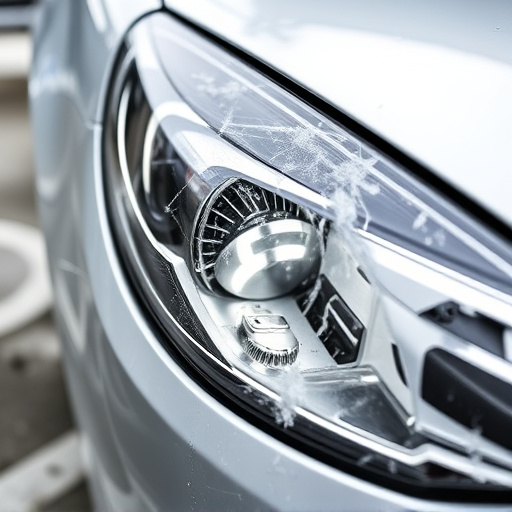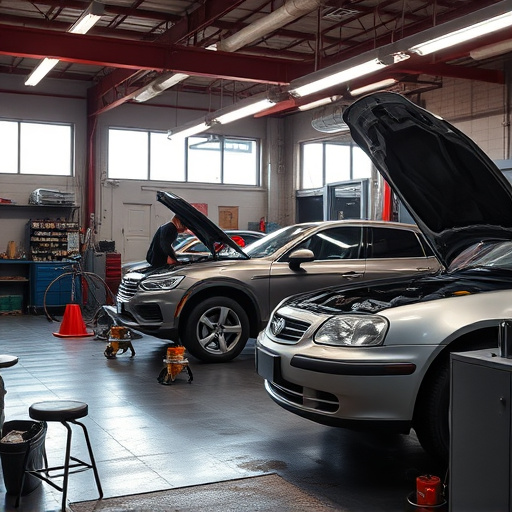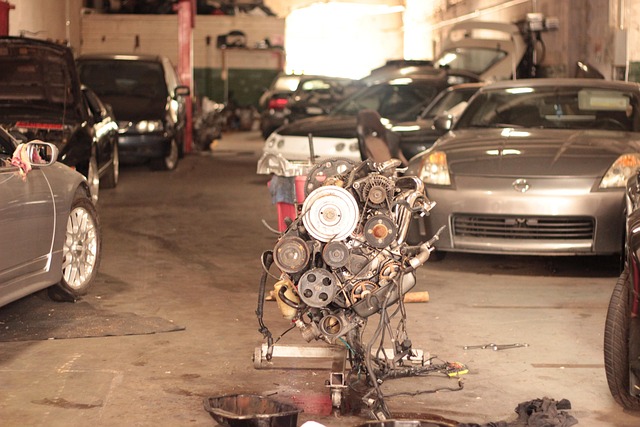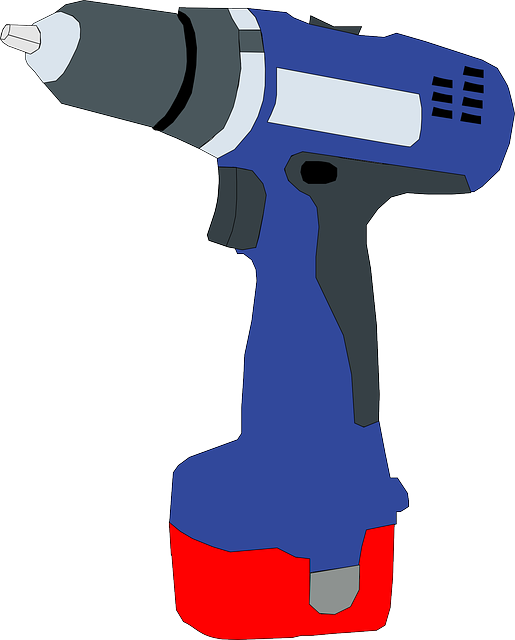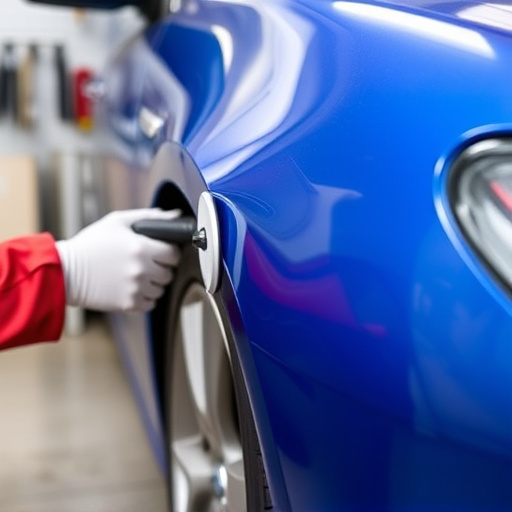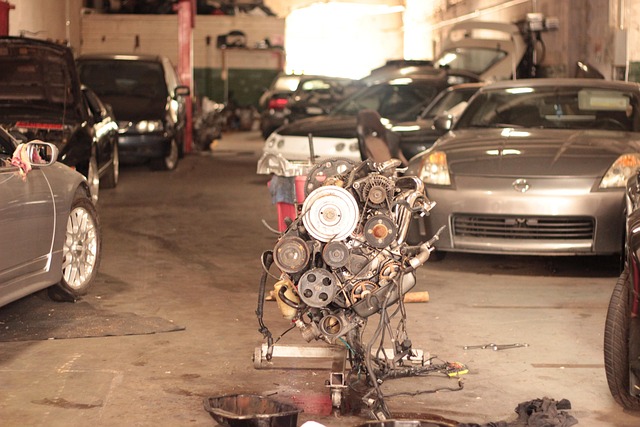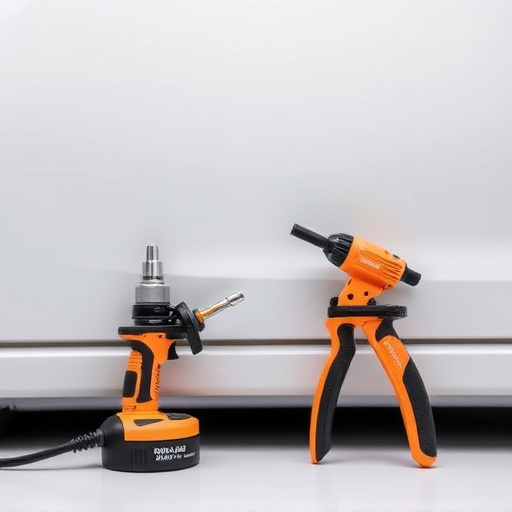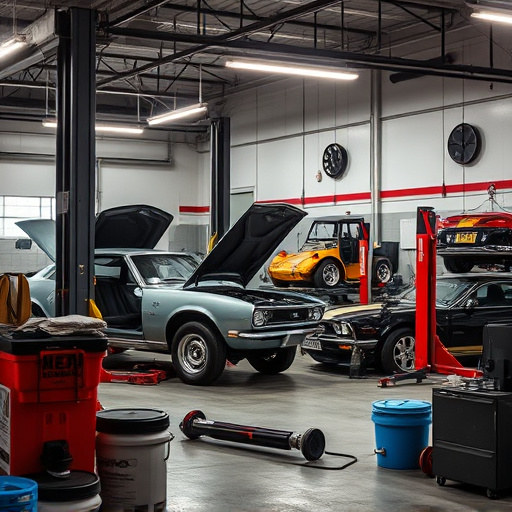Auto accident repair has evolved dramatically due to technological advancements, shifting from manual labor to advanced systems like robotic welding, CAD software, and high-tech diagnostics. These innovations have significantly improved efficiency, safety, and quality since the late 20th century, reducing costs and turnaround times for customers while ensuring superior workmanship. As technology continues to advance, auto accident repair facilities will adapt to meet evolving industry needs, maintaining a focus on speed, safety, and quality.
In the dynamic landscape of auto accident repair, technology has emerged as a game-changer. The evolution from traditional methods to advanced tools has not only revolutionized the industry but also enhanced safety, efficiency, and quality. From computerized diagnostic equipment to cutting-edge laser cutting and 3D printing, modern repair facilities are equipped with state-of-the-art machinery that ensures precise restoration. This article delves into the significant technological advancements, exploring how automation, virtual reality, and sustainable practices have transformed auto accident repair, making it safer, faster, and more environmentally friendly.
- The Evolution of Auto Accident Repair Technology
- – A brief history of auto repair and the shift towards advanced tools
- – Key technological advancements in recent years
The Evolution of Auto Accident Repair Technology

The evolution of auto accident repair technology has been nothing short of revolutionary. In the past, collision repair centers and car body shops relied heavily on manual labor and basic tools for repairs. However, with advancements in digital technology, modern vehicle body shops now employ sophisticated software, computer-aided design (CAD), and robotic systems to streamline the repair process. These advanced tools not only enhance precision but also significantly reduce repair times.
This transformation has been driven by the need to keep up with increasingly complex automotive designs and the demand for high-quality, safe repairs. Today’s collision repair centers are equipped with state-of-the-art equipment that enables them to accurately assess and fix vehicle damage. As a result, customers benefit from faster turnaround times, reduced costs, and superior workmanship when it comes to auto accident repair services at these modern facilities.
– A brief history of auto repair and the shift towards advanced tools

The evolution of auto accident repair facilities mirrors the broader technological advancements that have shaped modern society. Historically, auto repairs were largely a manual, simplistic process. Mechanics used basic tools and their expertise to fix issues with vehicles. However, as cars became more complex with the advent of computer systems, sensors, and advanced materials, the industry demanded specialized equipment to keep pace. This shift towards advanced tools began in earnest during the latter half of the 20th century, driven by consumer expectations for faster, safer, and more reliable repairs after auto accidents.
Modern auto accident repair facilities now employ a sophisticated array of technology including robotic welding systems, computer-aided design (CAD) software for precise measurements, and high-tech diagnostic tools to quickly identify issues within vehicles. This integration of advanced tools has revolutionized fender repair, bumper repair, and vehicle body repair processes, enabling more accurate and efficient work. As the automotive industry continues to innovate, so too will the repair facilities that cater to its needs, ensuring that safety, speed, and quality remain paramount in auto accident repair.
– Key technological advancements in recent years
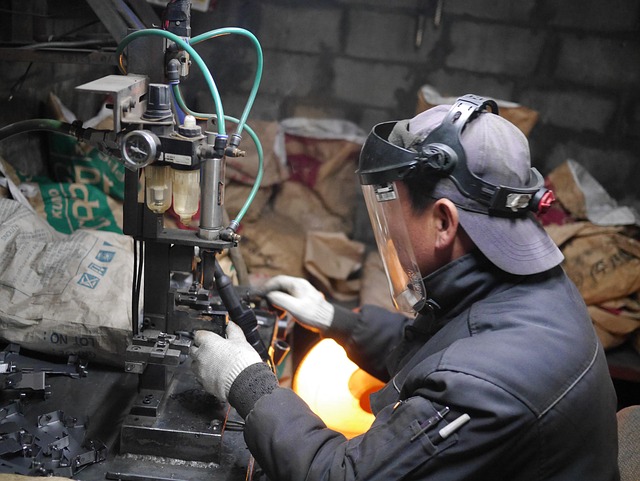
In recent years, auto accident repair facilities have witnessed a surge in technological advancements that are transforming the way vehicle collision repairs are carried out. One of the key innovations is the integration of sophisticated diagnostic tools that enable mechanics to identify and rectify issues with precision. These advanced systems not only speed up the detection process but also enhance accuracy, leading to more effective auto accident repair.
Additionally, automation has played a significant role in modernizing auto repair shops. Robotic welding machines and computer-aided design (CAD) software have revolutionized vehicle restoration processes, making them faster and more efficient. These tools are instrumental in ensuring that repairs are not just functional but also aesthetically pleasing, aligning with the highest standards of modern auto repair shops. The use of such advanced technologies positions these facilities at the forefront of the industry, offering state-of-the-art vehicle collision repair services.
Modern auto accident repair facilities have undergone a remarkable transformation, driven by advanced tools that enhance efficiency and safety. The evolution from traditional methods to state-of-the-art technology has significantly improved the accuracy and speed of repairs, benefiting both repair professionals and vehicle owners. As the industry continues to advance, these innovative tools will play a pivotal role in shaping the future of auto accident repair, ensuring safer, more effective outcomes for all.

